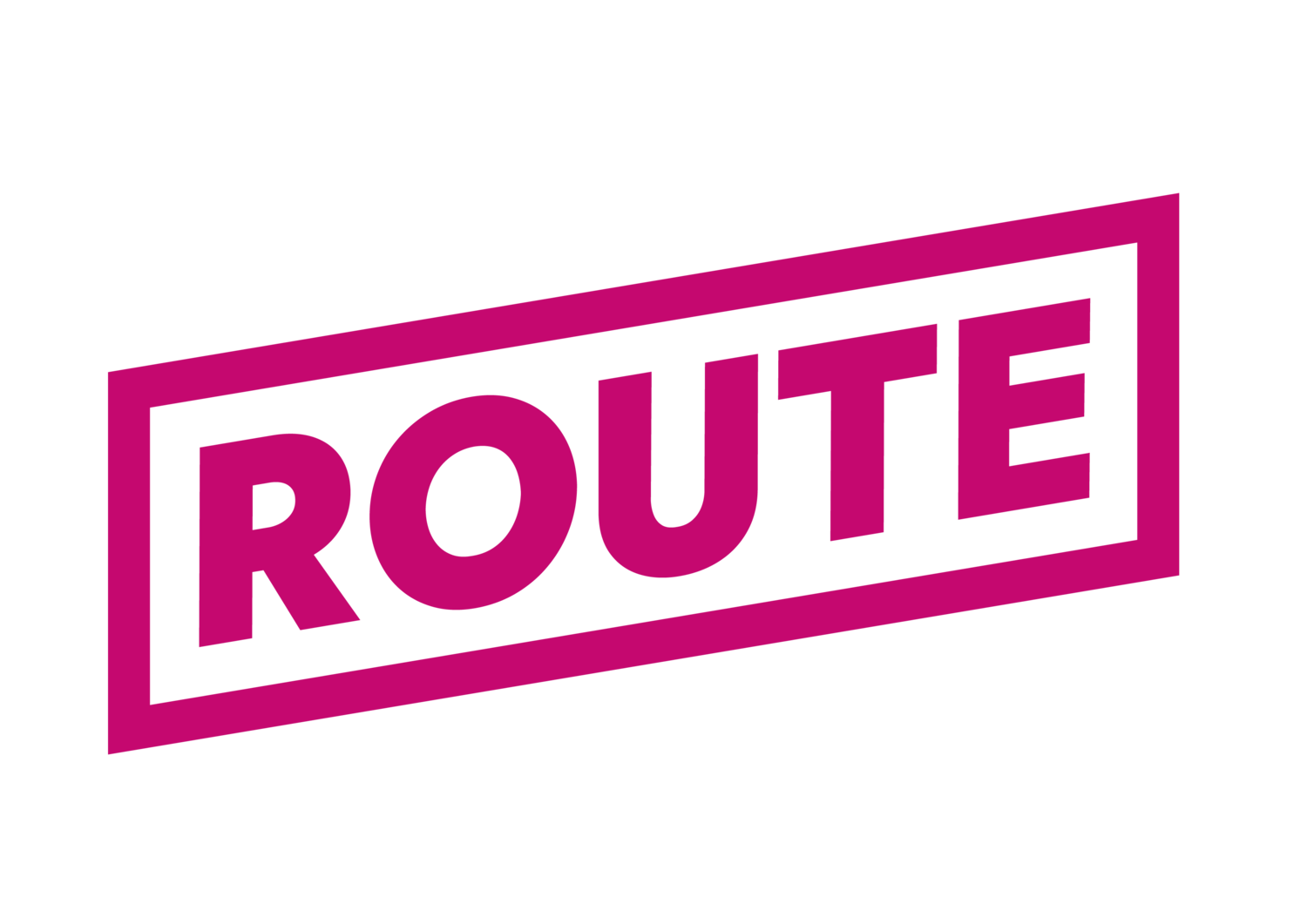Walking, Wending, Waiting
I have a challenge for you. But first, a question: How often do you wend? As opposed to walking? Or waiting? Wending is a lovely word, isn’t it? It has a rich literary heritage... but it’s incredibly useful too. It creates an evocative feeling of ambling along.
As busy media people, I imagine we all tend to assume we all march resolutely from A to B. But the truth is that we all do a bit of all three Ws – and a recognition of this is one of the most exciting innovations in the latest Route research, published today.
When, almost six months ago to the day, I started as Chief Executive of Route Research, the industry audience measurement body for out-of-home, I quickly came to realise that (forgive the very obvious pun) out of home is very much the medium of moving parts.
There are posters and screens, some static, some digital, they are outside, in shopping centres, in train stations, in tube stations, on and inside buses and taxis, in motorway service areas, the list goes on! And they’re all different sizes too!
Then you add people (and drivers and passengers in vehicles) in thousands of locations across Great Britain.
And those people see all the aforementioned posters and screens at different times of the day and night, in various geographies, and for different lengths of time.
It’s enough (you might think) to make the average researcher want to lie in a darkened room for an extended period! But actually, taking account of the moving parts is a fascinating challenge. It’s a researcher’s dream – and a data scientist’s, but more of that later in future pieces.
There is no doubt that out-of-home was dealt a significant blow during the pandemic, as people were encouraged to stay at home. But the industry working together, is bouncing back, and was highlighted as a star performer at the recent Mediatel Year Ahead event.
That bounceback has extended to how we count volumes and measure audiences and their interaction with advertising in the medium. Along with all other media industry currencies, Route has had to adapt to a new reality, and find new ways of measurement.
What I love about the challenge of measuring out of home is the opportunity to harness technology to reflect how we behave and come into contact with advertising. And there is no doubt that things have
changed. It’s not just as simple as asking people what they do.
The latest Route research, covering data up to Q4 2022, is, as I said earlier, published today and media owners and specialist agencies are incorporating it into their planning and trading systems.
We’ve been working on a number of innovations to keep the currency contemporary and reflective of what people do.
And yes, one of my favourites is the adoption of new technology that allows to measure people’s walking speeds. It might seem a trifling distinction... but actually it’s vital for out-of-home, as it allows us to measure attention to an out of home screen. Do you pay more attention if you walk slowly, or if you are waiting? Attention is so important for out of home as there is so much else going on.
Previously we used an observed model with an average speed. Now people carry devices which allow us to measure different speeds.
Waiting speed is anything slower than 0.2 mph
Wending speed is greater than or equal to 0.2 mph and slower than 1.85mph
Walking speed is anything equal to or greater than 1.85mph
To my mind walking is about being on a mission, perhaps collecting a prescription or heading to the shopping centre to sort some errands. Either way, it’s very purposeful. Whereas for me wending is the
opportunity to take a leisurely stroll looking in the windows of the clothes shops or indeed taking my gorgeous puppy Willow for a walk in the local park.
Why are these definitions of speed important?
Well, principally because walking speed has a significant effect on audience data. People moving slowly spend longer in screen visibility areas which leads to improved visibility levels and higher audiences.
For digital inventory, it also increases the potential of multiple impacts from the same exposure.
And just because you are walking at speed, doesn’t mean you don’t pay attention to out of home advertising. In fact, you’re paying greater attention so you don’t come a cropper!
So, my challenge to you in the next few weeks, is to track your walking speed – I wonder if we in the advertising industry are mainly walkers, wenders or waiters? And how representative are we of the GB population?
(spoiler alert, we’re probably not!).
And if you’re interested in being part of an experiment to compare the industry, then please get in touch with me – deniset@route.org.uk
Originally written for The Media Leader.

